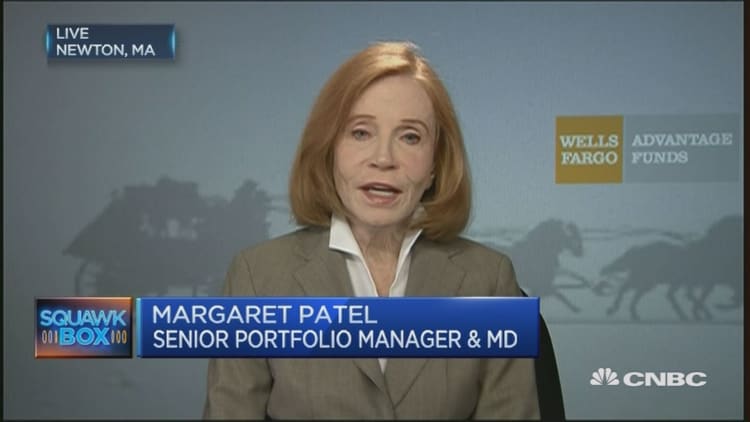Ever since the Group of 20 meeting in Shanghai in February, many in the market have looked at the relative stability across Group of 4 (G4) exchange rates and concluded that there might have been an implicit agreement among these central banks not to use monetary policy to affect exchange rates.
Statements such as Janet Yellen's that the spillover effects through exchange rate changes are an "important factor" in designing monetary policy, the hesitancy of the ECB and the Bank of Japan (BOJ) to move more aggressively on negative interest rates after the G-20 meeting, and the relative calm in global FX markets, reinforced this belief.
Whether such an accord exists is not only hard to establish, it is also irrelevant.
Instead, China's shift to a basket-peg and its importance in the Group of 3 (US, Euro area, and Japan) trade-weighted exchange rate indices can, in principle, deliver the same effects as a currency pact.

The impact of China's shift to a basket peg regime on China's monetary policy has received a lot of focus. But much less attention has been paid to how this move might affect trading partners' monetary policy.
To see this, imagine the Fed trying to figure out the path of interest rate normalization before December 2015, when the yuan (CNY) was virtually fixed to the dollar. One of the key considerations would have been by how much the trade-weighted dollar index would appreciate due to an increase in the Fed Funds Rate (FFR).
This depends on the weight in the dollar trade-weighted index of the countries whose exchange rates are fixed to the dollar. And the CNY's weight alone in the dollar basket is 24 percent, according to JPMorgan estimates, as big as that of euro (17 percent) and the yen (8 percent) combined. Because nearly quarter of the dollar basket is fixed, the overall appreciation would be limited. On the other hand, because the CNY is fixed to the dollar, China would effectively "import" the dollar appreciation against the euro and the yen whose weights are 17 percent and 13 percent respectively. Put differently, China would have to carry the burden of the dollar appreciation.
But this arithmetic changes if, instead of the dollar, the CNY is fixed to China's trade-weighted basket.
As before, an increase in the FFR would appreciate the dollar against the euro and the yen (and of course other floating exchange rate currencies), which, in turn, would appreciate China's basket. But under the basket-peg regime China would now react by depreciating against the dollar (15 percent weight) to offset (partially or fully) the appreciation. This depreciation of the CNY (equivalently, appreciation of the dollar) would amplify the appreciation of the dollar basket.
The reverse occurs for the ECB or the BOJ trying to depreciate their currencies via rate cuts.

When the CNY was fixed to the dollar, rate cuts by the ECB or BOJ would depreciate their currencies against the dollar. With the CNY fixed to the dollar this would also imply that both the euro and the yen depreciate against the CNY. The weight of CNY in the euro basket is 18 percent and in the yen basket is 32 percent. Consequently, the overall depreciation in the euro and the yen baskets would be large.
But under the basket-peg regime, an appreciation of the dollar against the euro or the yen would be offset by a depreciation of the CNY against the dollar. And this would dampen the depreciation of the euro and yen trade-weighted indices substantially given the large weight of CNY.
This change in monetary arithmetic, by taking into account the reaction function of China under the basket peg, implies that the pain from hiking rates by the Fed is amplified and the gain from cutting rates by the ECB or BOJ is dampened. So, logically one should expect less aggressive interest rate changes among China's larger trading partners, everything else remaining the same.
Whether such considerations have been part of monetary policy decisions by the G4 central banks is difficult to establish given that we have too few data points at this juncture and we continue to believe that G4 monetary policy will be primarily driven by domestic considerations and not by feedback effects.
But one doesn't need an accord among policymakers for the relative calm in G3 exchange rates and monetary policy, just the realization that China now will be offsetting its trading-partners' exchange rate changes is sufficient.
Jahangir Aziz is the head of emerging market economics at JPMorgan. These are his personal views.

